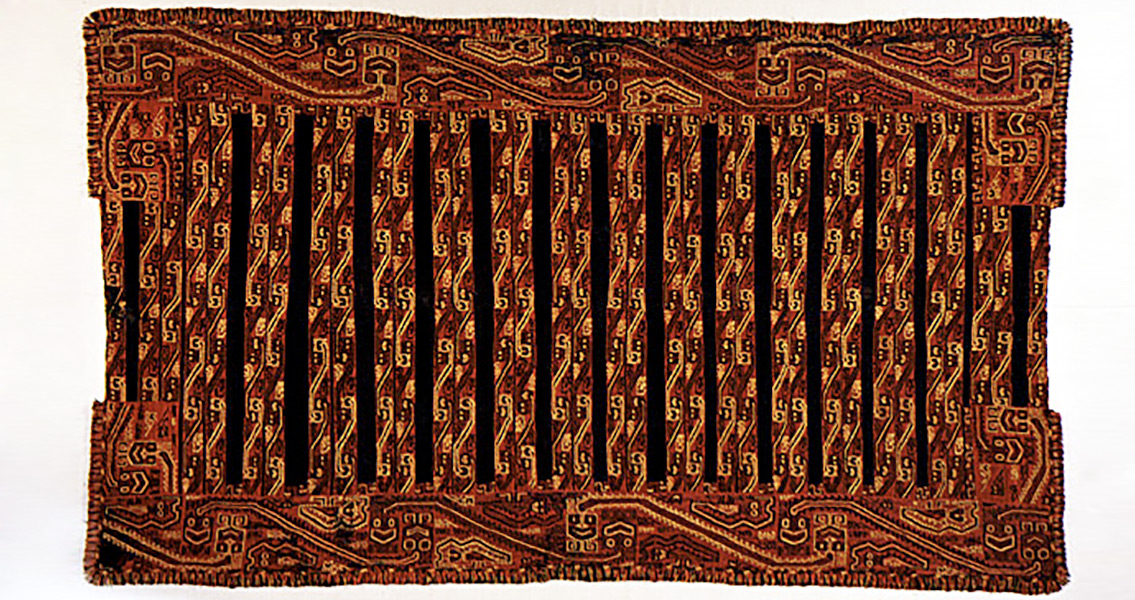<![CDATA[Bioarachaeologists from Arizona State University's (ASU) Archaeological Chemistry Laboratory are studying mummies that were excavated nearly one hundred years ago, in the hope of revealing new information. The team is using new techniques to study the diets of fourteen Peruvian people that date back to around the first and second century CE. The mummies were initially unearthed from the Paracas Necropolis, in Wary Kayan, Peru. The region contains two densely populated collections of burials near the country's southern coast, and possesses a rich archaeological history. Besides the uncovered mummies, the site has also yielded massive geoglyphs and finely detailed textiles. However, it has usually been overlooked as far as bioarchaeological research is concerned. "What is exciting to me about this research is that we are using new scientific techniques to learn more about mummies that were excavated almost 100 years ago. It is a great application of new science to older museum collections," said Arizona State University professor, Kelly Knudson. Knudson's team used hair samples to investigate the mummies' diets in the hope of ascertaining more information about their lives. According to the team, the mummies' diets not only provide information concerning their collective health but also indicate where they had lived and where they might have traveled. The diet also offers a plethora of information concerning the mummies' every day lives. Knudson explained the significance of studying the mummies' diets. She stated, "By using small samples of hair from these mummies, we can learn what they ate in the months and weeks before they died, which is a very intimate look at the past." During the final months of their lives, the Paracas mummies appear to have been eating primarily marine organisms and plants such as maize and beans. It also appears that the individuals lived a life that was largely absent of travel, or, if they did travel from their coastal homes inland toward the highlands, they continued to consume marine life in significant quantities. The mummies were first discovered in 1927, by Peruvian archaeologist Julio Tello. When they were discovered, each mummy was found bound and in a seated position. They were also buried in a cone shaped bundle of textiles and other fine garments, with other items such as baskets and weapons. As the sample was almost entirely male, Knudson and her team have implied that future research may involve more females and youths or adolescents. They also plan to further study the artefacts and mortuary evidence from the area, in order to build context for their data. The research team's findings were published recently in the Journal of Archaeological Science. Hopefully, the team will be able to enlarge their sample size to include females, children and mummies of varying ages, so that the world may learn more about the necropolis and the people it housed. Image courtesy of Wikimedia commons user: Tillman ]]>
Bioarchaeologists Examine The Lives Of Ancient Mummies
